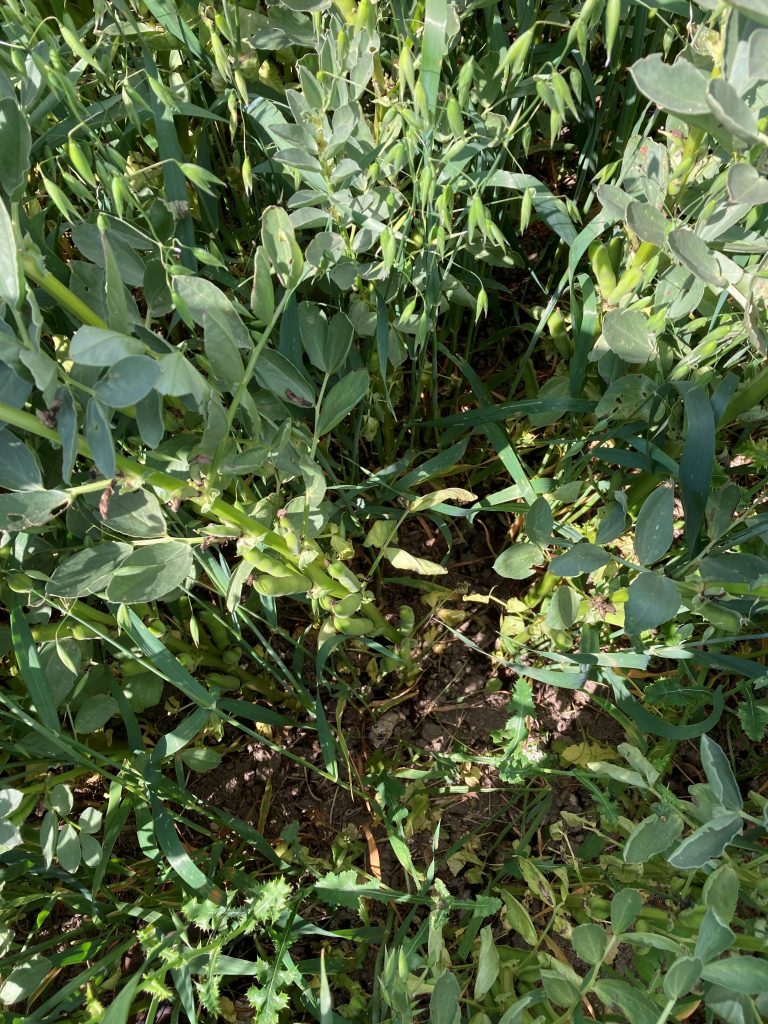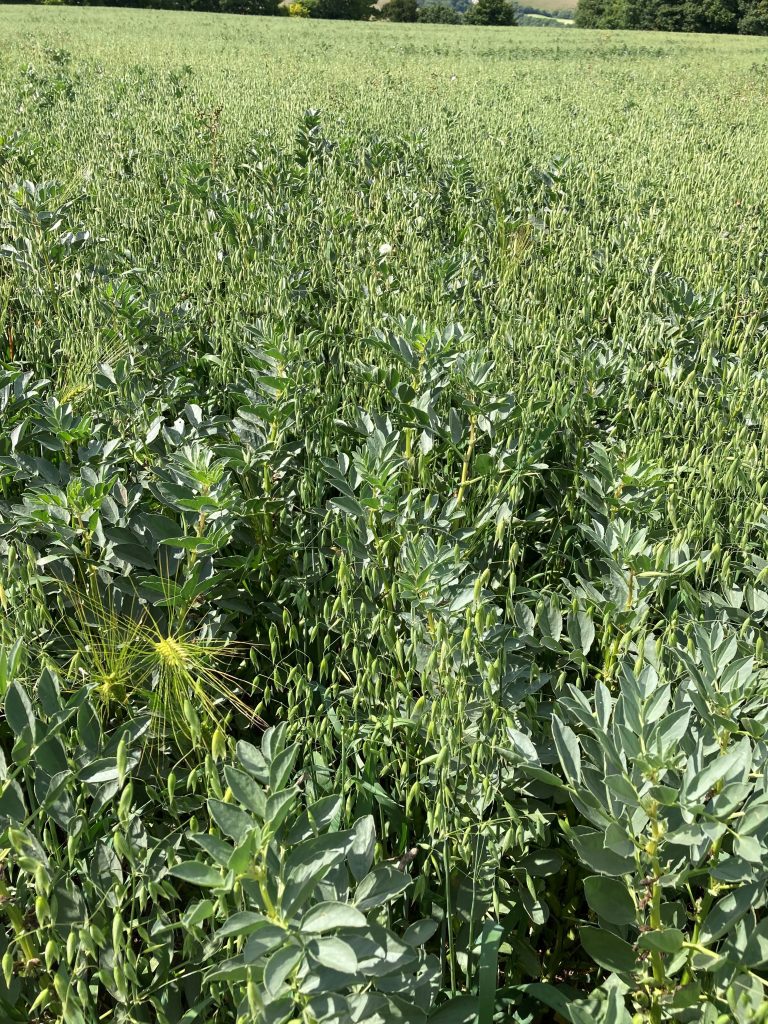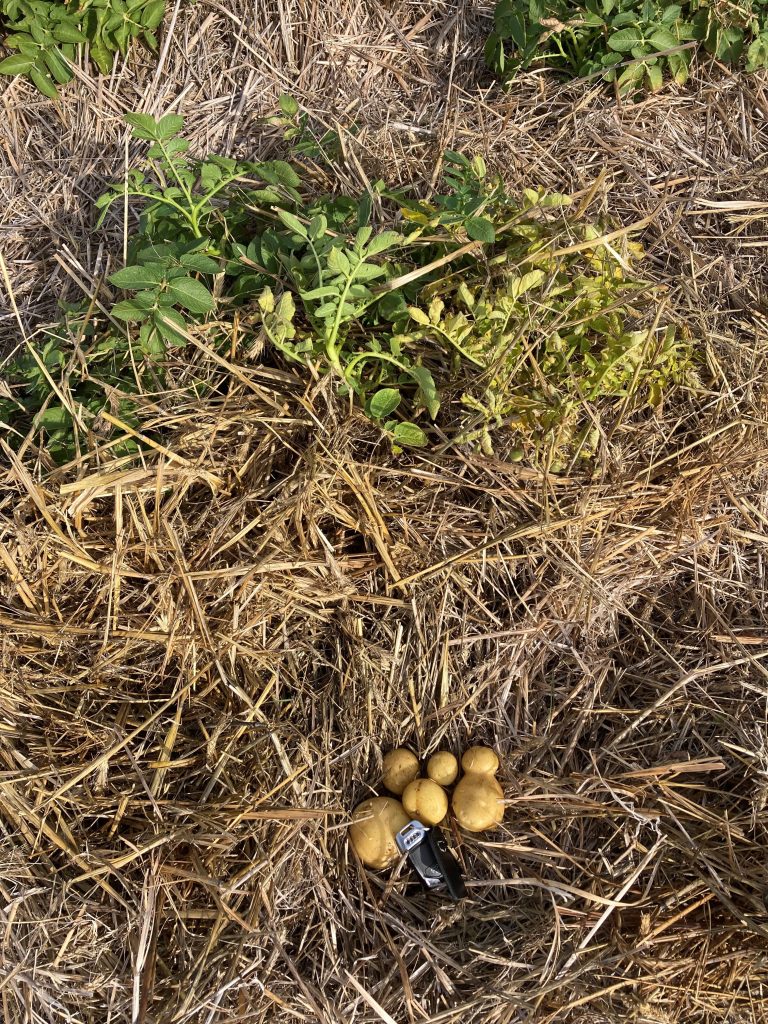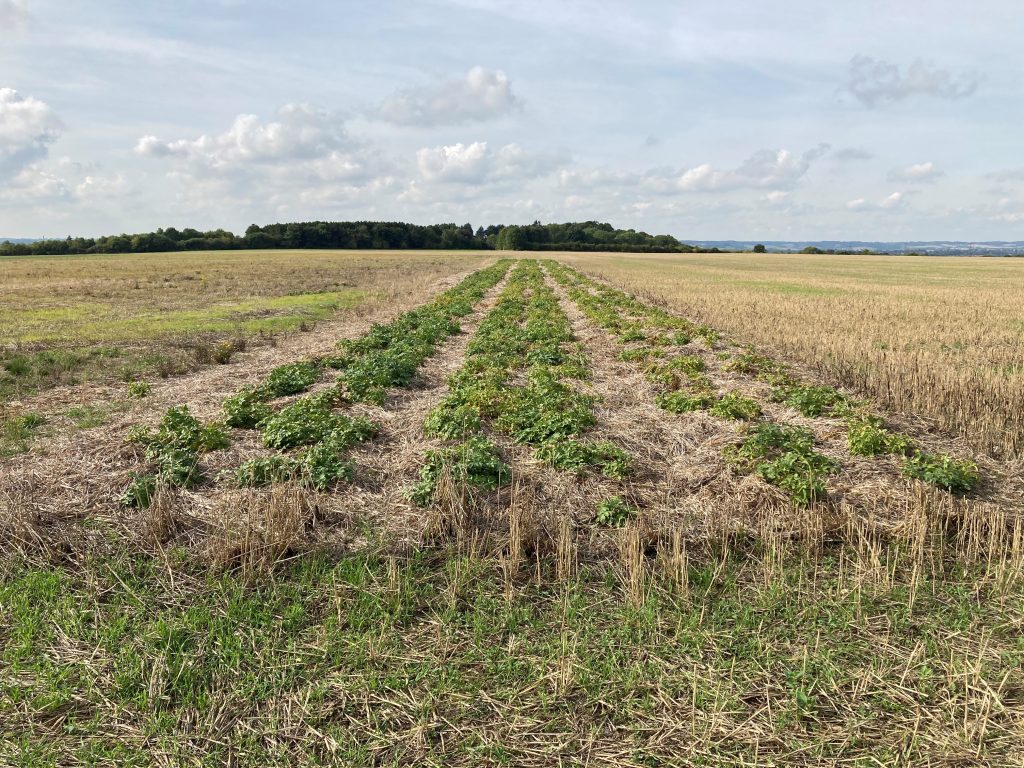Always start with why…?
Four years ago, John Cherry and I were having an enlightened conversation while seated around his kitchen table discussing the future of agronomy. This was several years after John and his brother Paul along with Paul’s son Alex, had founded the Groundswell Conference in Hertfordshire.
Attending Groundswell, meeting Frederic Thomas, being a BASE member and the people I have met along the way, have all been defining light bulb moments in my agronomy career. They allowed me to join the dots of mainly subconscious observations made throughout my career and some conscious ones too. I particularly remember one day as a harvest student getting out the tractor cab while waiting for the combine. I noticed the soil in the field under the stubble was loose and friable, it had a sweet smell and good worm activity – a perfect growing medium. Why then were we about to turn this soil upside down in an attempt to recreate the exact same result? That made no sense apart from that’s what everyone does, isn’t it? It felt like this conversation in John’s kitchen was another of these lightbulb moments. We were debating what should the agronomist of the future should look like and importantly, what type of service they should be offering in a regenerative farming system?
Inspiration from organic systems
Fast forward to today and Groundswell Agronomy has enjoyed it’s second year successfully attending the Groundswell Conference 2022. During our conversation in John’s kitchen, I suggested what might appear to be a flawed business model and that was to make myself redundant in ten years. Not because I don’t immensely enjoy what I do, but if one of the overarching principles of the agronomist of the future is to make a regenerative farming system the solution, we have to do things differently, Rather than the current model of an in season, short term solution from a can focusing on margin over input costs. We know intuitively that we need to take a far more long-term view. Taking inspiration from organic systems or any system for that matter, where nutrition is considered rotationally rather than crop specifically.
Regenerative farming is nothing new, when you interrogate the principles of such a system, they are what good mixed farming has always been about albeit with a better understanding of the “why” something works. Our understanding of soil biology is just one example of an area that during my studies was barely mentioned. Today we are aware of its importance and seek to understand it in far more detail than ever before.
Over the last year we have seen huge volatility in input and energy prices which makes one of the key drivers behind my interest in a conservation or regenerative model so important, and that has always been to future proof the rural farm business (acknowledging most farm businesses are very diversified), maximise the return on investment and the management time employed. One challenge that a regenerative system currently faces and one that is having an increasing effect on the practical agronomy of these crops, is a consistency of core values. Regulation brings a degree of structure missing from regenerative agriculture at the moment. While I’m definitely not a fan of highly regulated industries having a framework to work within would bring credibility for the system and clarity to the consumer. There are fundamental principles that are well accepted within a regenerative system however these are interpreted slightly differently, depending on the individual’s interpretation of these principles and depending on their world view. Their attitude to risk, the time of the year and most definitely this year, changes in grain prices all derail the best of intentions.



The key to working closely with natural systems
Which means that communication between the grower and the agronomist becomes ever more important. I often joke about the need for farmers and agronomists to have couples therapy, but it is vital for everyone involved in growing the crop to have a clear understanding of the overall objectives, the businesses attitude to risk and the fundamental “why” behind the decision making. Why is such a powerful word and it’s not until we ask ourselves why at least four times can we rarely get to the reality of why we’re thinking and feeling a certain way. While we are skilled at crafting a rational justification for what we do. The reality can be sometimes quite different.
In trying to answer the question “is there another way” to farm. It has led me to question every decision we make as agronomists. As I researched further seeking to properly understand soils and how to manage them, I moved from thinking things were simple to very complex before realising what seemed complex was actually very simple. However, the key when working more closely with natural systems is to always have a plan B, C, D and E. Irrespective of farm size this is very possible, but it requires a very different way of thinking and being flexible and open to change. An example of this, and one that may seem extreme, is that if we accept that, as farmers, we are ultimately trying to farm sunlight and so if we’re to manage soils better, permanent soil cover is a fundamental goal of the system. Then when we plant something, we don’t necessarily know whether that crop will be a cash crop, a forage crop or a cover crop? We are used to controlling nature and I suggest we can learn more by taking inspiration from nature to create a truly efficient system.
Question your approach to farm management
All the while being aware as humans, we are very good at self-sabotage. We need to be aware of the cycle of SELF-SABOTAGE and be compassionate when we fall victim to this process particularly when we are trying to adopt a new system or approach. We favour doing what feels comfortable – we then decide to make a change – we take steps to change – the change feels good – this feels different – we feel uncomfortable – we question the changes made – our subconscious craves familiarity, and the cycle begins again.
While it’s easy to explain a concept by going to extremes and to some a regenerative system can seem extreme, if it does nothing else but to make you stop and question your approach there is a value in that alone. There are always aspects of the system which can provide benefit and fit into a more conventional approach.

To find better ways of doing things to some extent ignoring labels can be helpful and shifting the focus on the value of each individual technique being deployed. One thing that is clear from other parts of the world is in order to make an alternative system work well it involves far more trusting and intimate relationships with the rest of the supply chain. Only by challenging convention throughout the supply chain will we achieve success. We need to re-imagine everything from the soil up.
So, while having these grand aspirations is all very well, what does that look like day to day in the field and where could farmers trials, as well as more formalised trials start investigating? Here are a few conversation starters to have with your agronomist the next time you have your therapy session together!
• Alongside trials, one starting point is to begin with knowledge exchange and financial benchmarking peer to peer, facilitated by the agronomist is essential first step. Many growers would be dismissive of the concept of no-till potatoes as unrealistic but such projects while extreme are a way to interrogate a different way of thinking. We need to ask what elements of this approach could have value whatever the system?
• Where does your advice come from? Maybe growers should swap their agronomist every three years to maintain innovation? This was an idea suggested by Mark Dewes at a panel discussion at Groundswell in 2021. Mark had recently completed a Nuffield Scholarship into looking at different agronomy models around the world.
• Our cover crop knowledge is very much in its infancy, and everyone is trying to achieve different things. The starting point is to know the value of the benefit you are getting from that particular cover crop. Aiming to ideally make every cover crop a cash crop. Relay cover cropping and blurring the line overlapping a cash and a cover crop can be a more nuanced way of getting the best return on investment from that cover crop. Quantifying the true value cover crops bring to improving nutrient use efficiency would give more confidence in using cover crops more widely.
• Maintain a balance; as farmers we love the production element of growing but maintaining a balance accepting for a regenerative system to work our attention needs to be focused, 50% on marketing and 50% on growing in that order and irrespective of whether the product leaves the farm as a 29ton bulk lorry or a single branded 500g bag. The best example of farmers making the system work around the world is through diversity of crop and market. It may be a contentious question, buy why exactly in a more normalised year are we growing so much wheat, while historically farm profitability has been declining for some?
• Is our idea of efficiency flawed – a question for another day but something to ponder?
Lastly, an interesting question. Why is it that Microsoft is reportedly the second-largest employer of anthropologists in the world? In essence it can be summed up by the fact that in order to know where were going we must first know where we have come from. There is nothing new in farming or farming regeneratively just the way we think and join the dots.
richard@groundswellag.com





